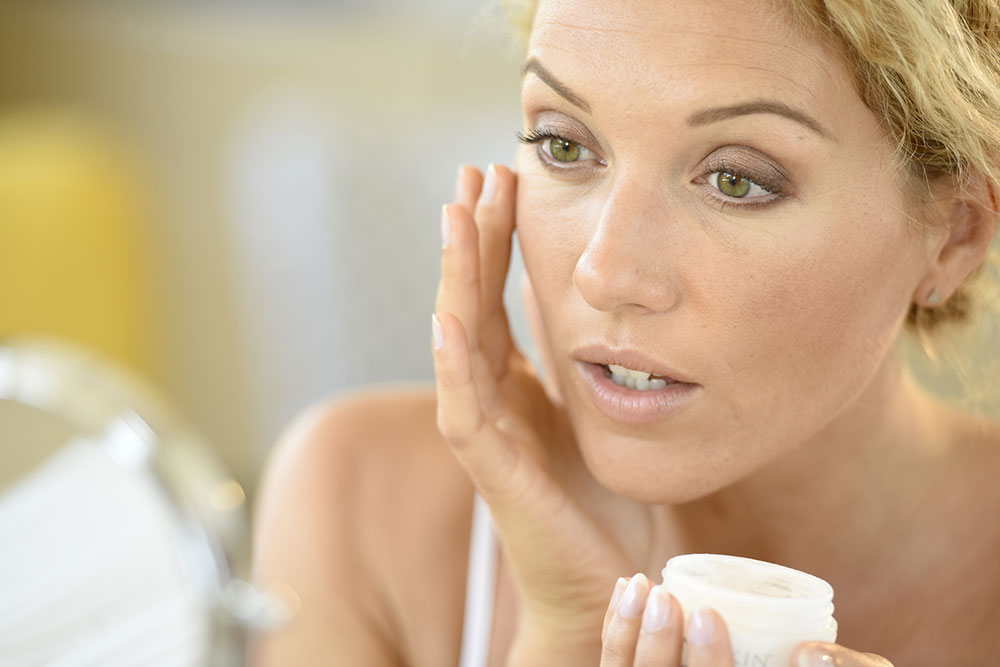Prurigo nodularis – 6 early signs and symptoms

Prurigo nodularis is a rare skin condition characterized by the development of itchy, raised, and often intensely scratched nodules on the skin’s surface. As per a report by Yale School of Medicine, this chronic condition affects approximately 72 per 1,00,000 people nationwide. It is important to detect the condition at an early stage to manage it better. This article lists the early signs of prurigo nodularis that should not be ignored:
Understanding prurigo nodularis
Prurigo nodularis primarily affects adults and typically starts with mild itching in a specific skin area. Over time, this persistent itch intensifies and evolves into a noticeable symptom. The following are some of the common and early signs to watch out for:
1. Itchy bumps and nodules
One of the most common signs of prurigo nodularis is the development of small, raised, and hard bumps or nodules on the skin’s surface. These nodules are often scaly and can vary from a few millimeters to several centimeters. The intense itching compels individuals to scratch the affected areas, exacerbating the condition.
2. Persistent itching
Prurigo nodularis can be irksome due to its unrelenting itch. This itching sensation can be so severe that it disrupts daily life activities and sleep patterns. Scratching these itchy nodules leads to more itching and can even cause open sores and secondary infections.
3. Symmetrical distribution
In many cases, prurigo nodularis affects areas on both sides of the body. For example, nodules may develop on both arms or legs simultaneously. This symmetrical distribution can be a crucial sign and diagnostic clue for healthcare professionals.
4. Skin changes
As the condition progresses, the affected skin may change. It can become thickened, leathery, or discolored. These alterations are often a result of persistent scratching and the formation of nodules. Continuous scratching can also cause the nodules to break and bleed.
5. Localized to specific areas
Prurigo nodularis typically occurs in specific regions of the body, including the arms, legs, back, and neck. The localized nature of the condition can help differentiate it from other skin disorders.
6. Secondary infections
Due to constant scratching, prurigo nodularis can lead to secondary bacterial or fungal infections. These infections may cause additional symptoms such as redness, warmth, and increased pain in the affected areas.
Early detection matters
Identifying prurigo nodularis in its early stages is vital for managing the condition better. Individuals experiencing early signs of prurigo nodularis should consult a dermatologist or healthcare professional promptly.
While prurigo nodularis is a chronic condition, there are different treatment options available that helps alleviate symptoms and manage the disease. Additionally, healthcare providers may recommend behavioral interventions to reduce scratching and prevent further complications. One can also consider natural remedies like baths with natural bathing oils or oatmeal and application of a good-quality moisturizer. Further, following a balanced, nutrient-rich meal plan and avoiding processed foods can help prevent skin inflammation.



